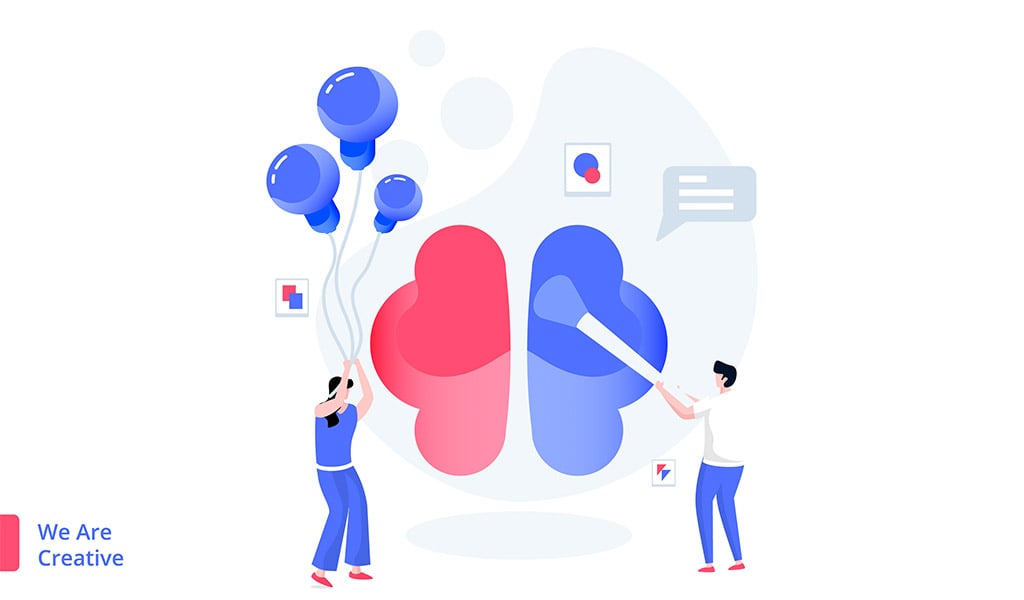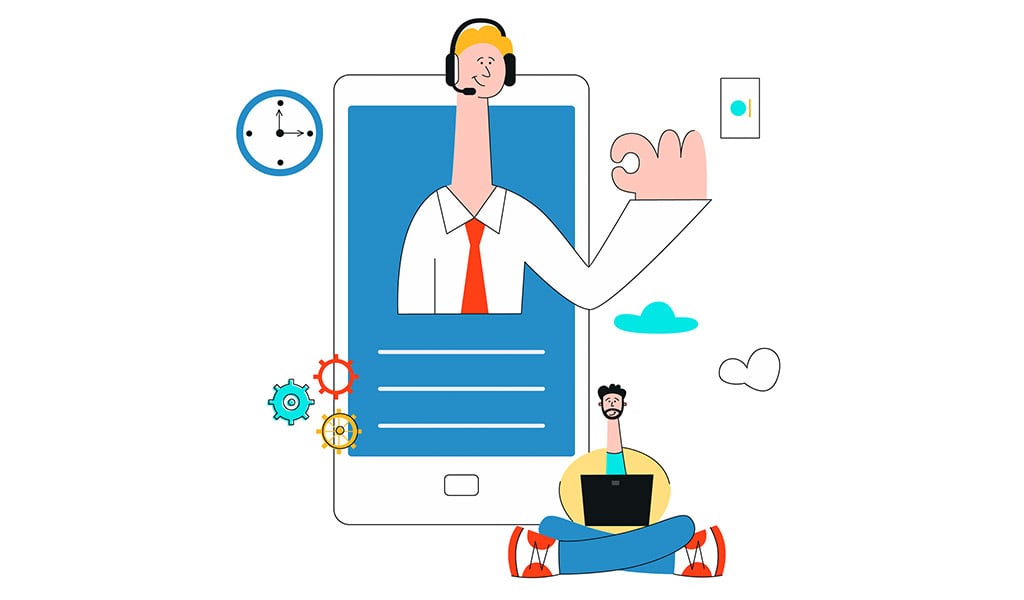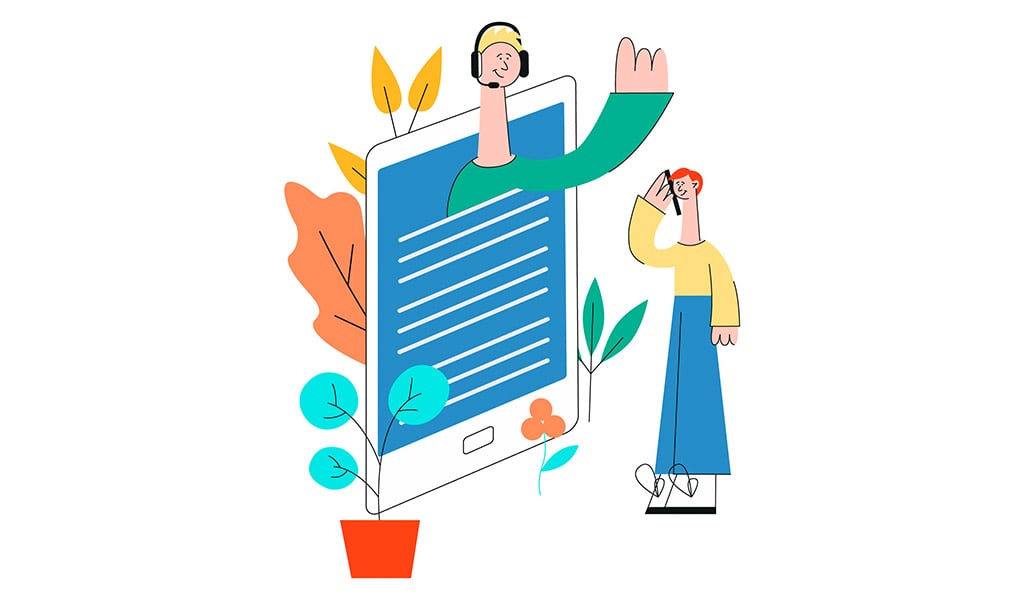
The world of IT is moving into the cloud! This trend has been happening for several years as more and more companies come to understand the benefits of a cloud-based model. Cloud-based models address several of the issues with traditional models and allow for a better way of working. It’s no different for contact centers!
CCaaS solutions have become more popular in recent years for several reasons. Firstly, most companies are moving away from a call center model and opting for contact centers. Contact centers are more suitable for consumers in the digital era because they support an omnichannel approach to communication. Secondly, operating a contact center can be complex and costly, and CCaaS solutions help remove a lot of that complexity and cut down on costs. Today we’re going to be looking at everything you need to know about CCaaS. Let’s take a look.
What is Contact Center as a Service (CCaaS)
Contact Center as a Service solutions use a subscription-based licensing model to provide cloud-based contact center software. CCaaS solutions can often exceed the capabilities of on-premise contact center solutions because they are built to be unified, robust, and flexible. As long as agents have the CCaaS app, they can perform their job from any device. They don’t have to manually install each separate piece of contact center software onto a new device before they are ready to go.
The alternative to CCaaS is, of course, an on-premise solution. These solutions have been used for decades and are not inherently inferior. However, the demands of the digital era are making on-premise solutions less viable every year. Scalability and flexibility are extremely important to businesses in 2020, and CCaaS supports these concerns.
We are also moving away from siloed software and focusing more on a unified approach with an omnichannel platform. This has been a natural progression. In the past, a software development firm would make a piece of software that performed a narrow set of tasks very well. This software was meant to be used to a specific purpose, but that little utility outside of this application.
Of course, that didn’t stop companies trying to “make-do” with the software by trying to bend it to their needs. Companies who needed to perform a lot of different IT tasks (like a call center), would end up buying tens of applications, each of which just performed one or a few tasks. This becomes extremely inefficient as you scale. Not all software is built to handle the same pressures. Agents would find themselves flicking between 5 applications. These applications would all have different interfaces to learn, different limitations and requirements, and so on. One application might work straight away, while another would regularly freeze up, making the agent’s job more stressful.
For companies who didn’t want to deal with managing multiple applications and all the training, licensing, and friction that came along with it had another option in the past. This was to ask a software development company to create bespoke software. However, bespoke solutions aren’t without problems. There is a long wait time for the solution. The risk of programming language becoming obsolete is also a major issue. This may sound strange but it’s a real concern. The programming language COBOL used to be very prevalent and is considered historically significant. However, it doesn’t make it into the top 100 programming languages list today.
The issue is, hundreds and maybe even thousands of businesses still have business-critical applications written in COBOL. When something goes wrong with the code, the business needs to hire expensive contractors that still know the language. Since new programmers tend to focus on the more modern languages, this becomes harder every year. Bespoke solutions make companies vulnerable to people leaving the company. They tend to have a few programmers who know the bespoke solution inside out, but few people outside of this small group will understand it. If those employees leave, then the company can be in a very bad position if something goes unexpectedly wrong with the software.
Then CCaaS came along! It’s unified, scalable, and flexible enough to meet the needs of all companies if it is designed well. Since it’s an out of the box solution, there’s no wait time. You also don’t have to worry about obsolete languages, because it’s the CCaaS provider’s job to maintain the software. This sums up how we came to CCaaS solutions, but now let’s look at why they are thriving. What are the benefits of CCaaS solutions for businesses on the ground?

5 Benefits of CCaaS
Customer Experience
Consumers feel better about a company when they can contact the company on their own terms. Agents receive notifications through the application and can respond to a variety of requests from customers, whether they come from Live Chat, WhatsApp, call, or email. This more dynamic way of working is better for customers because it helps drive down response time. It also allows customers to choose the option they feel most comfortable with. Not everyone wants to talk to an agent on the phone, and not everyone knows how to use WhatsApp. With an omnichannel CCaaS approach, you can easily meet the needs of every customer.
CCaaS solutions also tend to be more streamlined and efficient. This means there is more automated built into the system, and less demand on the agent to do repetitive tasks. Automation is great for repetitive tasks because the application will get it right every time. Agents are people, and all people make errors at some point, especially if we’re tired or stressed. For example, it’s common for an organization to send an email after a ticket has been closed. Asking agents to do this manually is time-consuming and takes them away from answering other customer requests. There’s also the risk that they will forget, use the wrong template, accidentally include typos, and so on. However, a bot will never get this wrong and will also free up the agent’s time to focus on more important tasks.
Agent experience
Agents have one place of focus in an omnichannel platform. Customer account information can be brought through from different sources such as Twitter or Facebook, and straight into their window. There’s no need to switch between applications to perform their job and risk missing anything.
Agent’s perform better when their job is made easier. Working in a contact center is widely considered to be a stressful job. This is partially why agent turnover is call centers is so high. Agents are often working against huge time pressures and dealing with irate customers all day long. When you add in all the other KPIs they have to focus on, it’s easy to see how being a customer service agent can become overwhelming. This is why it’s so important to make the agent’s job as frictionless as possible, wherever possible.
One of the places it’s absolutely possible is the technology you implement to support your agents. Working from one application is fundamentally easier than working from 5 or 10. Agents can become masters of the software. They can also use any device to their advantage.
Cost Savings
Companies can download and go! There’s no need to manage expensive hardware and licenses that need to be updated regularly to be effective. You don’t have to manage the licensing for several siloed pieces of software. The costs are transparent, and you know exactly what you are getting for what you pay.
It’s also easier to budget and create roadmaps for the future when you know exactly how much you are paying each month or year for the CCaaS service. With an on-premise solution, you may find that some vendors will drastically increase the price of licensing one year. There can be huge discrepancies between vendors when it comes to how licensing works. Some vendors will offer fixed contracts, others will not. You might be planning an expensive project to replace all laptops in the office. However, these plans can come to a halt if you now have to pay much more to keep using an application that is essential to your contact center. The cost savings can be summed up as:
- No need to replace hardware and software as it becomes obsolete.
- No need to upgrade hardware and software.
- No surprise licensing fees.
- Less reliance on a dedicated tech support team.
- Substantial savings on maintenance, software, support, and equipment.

Scalability and Flexibility
How to scale according to need should be a top concern for every business in 2020. Customer expectations are higher than ever. In the past, a customer may understand that you are busy, and they will have to wait and try again. Moving between companies was less common and customers would generally just grit their teeth and put up with being frustrated. However, we now live in a world where almost all large companies can scale easily, and this creates the expectation that all businesses regardless of size can do the same. And with a CCaaS solution, this is true.
With a CCaaS solution, the company pays for the service they need and can adjust this at any time. If you suddenly have a surge in sales and your contact center is suddenly overwhelmed, you can adjust your plan to handle the increased demand.
Data Analysis and Business Intelligence
CCaaS solutions make it easy to collect and analyze customer data. This data gives you key insights into who your customers are and what drives their buying decisions. You can then use this information to create targeted ad campaigns to bring in a new demographic. You can also use it to see where you are failing to connect with a certain type of customer. You can use it to create in-depth customer profiles.
A huge benefit of an omnichannel CCaaS solution is that all of the data from several sources become integrated. You don’t have to worry about missing, duplicated, or erroneous data. The data is clean and ready to be analyzed by your AI reporting software or by data analysts and data scientists.
It will also pull information from several sources to create a full customer profile. This means that when a customer contacts you via Twitter and gives their account number, you now know what their Twitter is, their email, their number, and so on. You can see that they contacted your company last week about a similar issue. You can also see that they buy from your company regularly and spend more money than the average consumer on their purchases. The agent will have all of this information in front of them straight away. This information can be used to impress the customer and put them at ease.